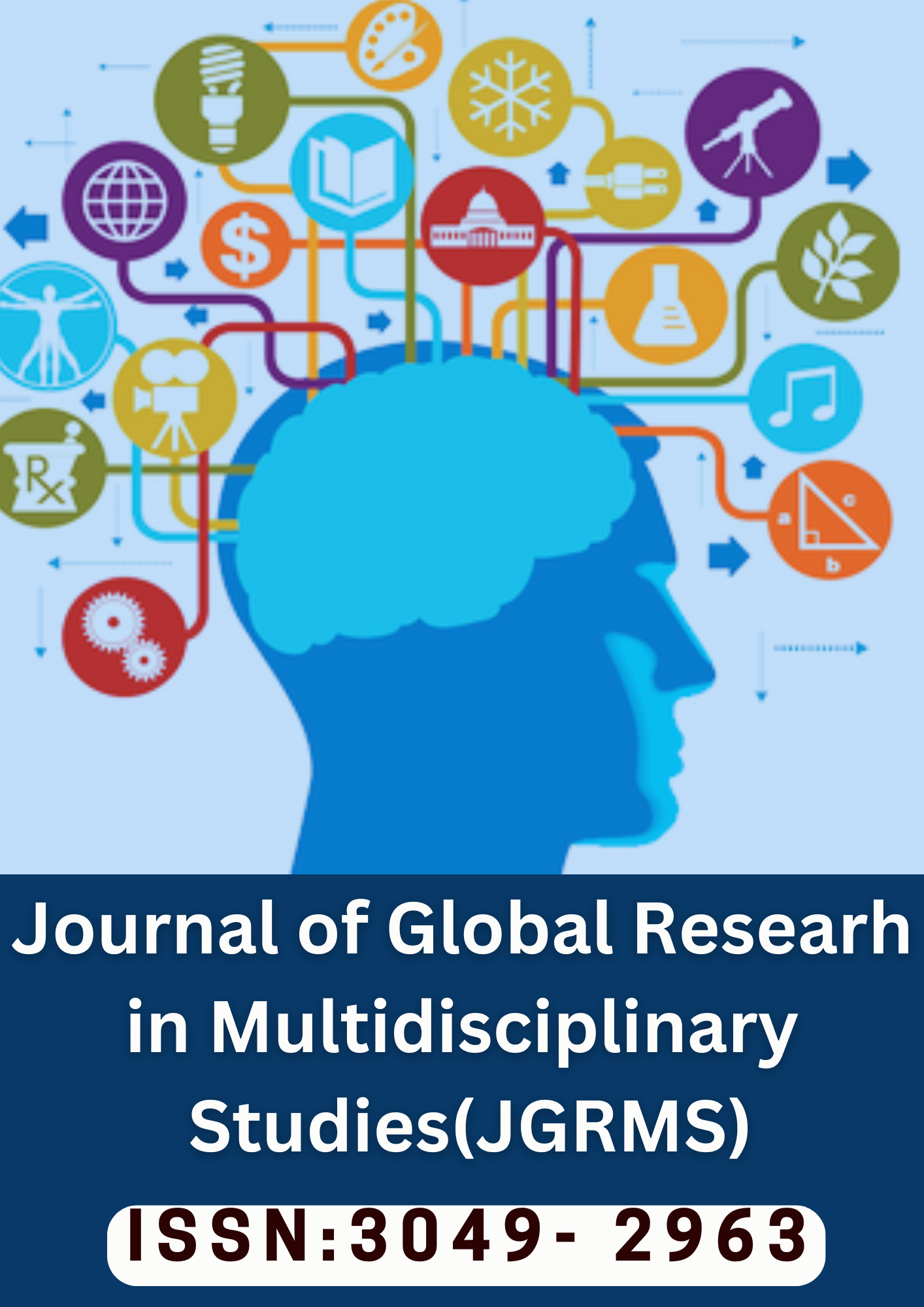Survey of Machine Learning and Deep Learning Approaches for Housing Price Forecasting: Datasets, Features, and Challenges
Main Article Content
Abstract
Accurately predicting housing prices is a key part of how buyers, sellers, investors, and lawmakers make decisions about real estate. Although the Hedonic Pricing Model and linear regression have seen extensive usage in the field of statistics, both methods frequently fail to capture the complexities of multidimensional data and intricate nonlinear interactions. Recent years have seen the rise of deep learning (DL) and machine learning (ML) as potent methods for improving predictive performance in housing data models that are multimodal, dynamic, and high-dimensional. Outlining the methodology, applicable situations, benefits, and limits of several ML and DL approaches to housing price forecasting, this paper offers a complete assessment of the field. Advanced DL architectures like LSTM and multimodal neural networks are studied, along with key models like Random Forest, XG Boost, and Support Vector Machines. In addition to popular datasets, feature engineering methods, assessment criteria, and the current trend towards combining visual, textual, and geographic data, the review delves into these topics and more. In addition, it delves into important obstacles such dataset constraints, computing demands, model interpretability, and data heterogeneity. In the last section of the paper, the authors suggest areas for further study, highlighting the importance of standardized multimodal datasets, explainable AI (XAI), domain adaptation, and causal modelling in improving the realism and practicality of models.
Downloads
Article Details
Section

This work is licensed under a Creative Commons Attribution-NonCommercial 4.0 International License.
How to Cite
References
10.5281/zenodo.16831437

